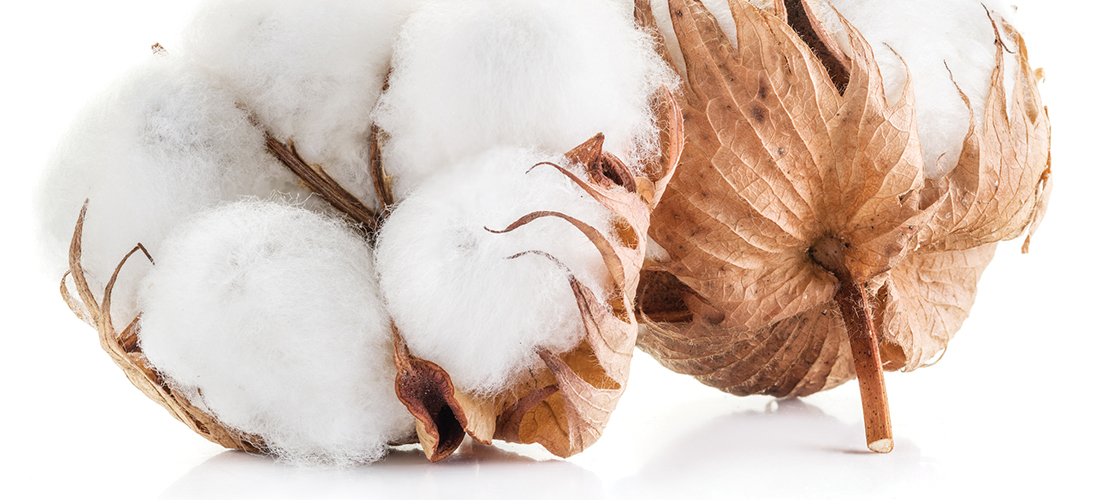Black-Bellied Plover
Look for them on sandy flats
By Susan Campbell
Along the coastline of North Carolina, we have shorebirds all of different shapes and sizes. Avocets, oystercatchers, yellowlegs, sandpipers and plovers are all represented here. The plover group comprises five regularly occurring species along our coast. The largest of these is the black-bellied plover.
As the name implies, adults have eye-catching black feathering on their bellies during the breeding season. Actually, the black extends from the face down to the underbelly, and is set off from the wings and back by a strip of white feathers along the side of the face down to the bend of the wing. Black-bellieds have extensive black and white flecking on their backs. The rump flashes white in flight.
All plovers have long, narrow wings; short, stout bills; and relatively short legs. These birds are built to forage in open habitat such as sand flats, rocky shorelines or grassy areas. They are visual predators, grabbing large insects beginning as early as the day after they hatch. Black-bellied plovers may also feed on a variety of invertebrates, from worms to small crabs.
Black-bellieds breed far to the north on the Arctic tundra, where their characteristic whistles give them away. They are extremely wary, acting as a sentry for other birds in the area. That is the reason it is believed that black-bellied plovers avoided mass mortality by market hunters that affected most American shorebird populations in the 19th century.
When in North Carolina, this species more often sports drab winter plumage, being a checkered gray-brown above with white underneath. Many other shorebird species employ the same strategy — no doubt to be well-camouflaged on the sandy coastal beaches of the Americas during the cooler months. Black-bellied plovers spend a lot of time standing on upper beaches or flats until they spot prey, which they will run to and snatch up with their bill. Should they detect a potential predator they will immediately take flight and call repeatedly to announce its presence.
Black-bellied plovers are found here in numbers during both spring and fall migration. The wintering population is also significant. Birds may be found along the coast and in estuaries, and occasionally flooded pastures and agricultural lands. They may be seen mixed in with other shorebirds, either singly or in small groups. However, there are some non-breeding birds that spend the summer here. These individuals are probably adolescents but are very striking and are hard to miss.
If you find a group of large plovers during fall migration, and look very closely, you may be able to pick out an American golden plover. This smaller plover does have a golden hue to its upper parts in breeding plumage as well as a dark rump, and has gray (not black) feathers in its “arm pit.” Golden plovers are also seen inland, even in our mountains. They are often found in habitat with abundant grasshoppers, their favorite prey.
Black-bellied plovers should not be that tough to find at this time of year in open sandy habitats. So grab your binoculars and head for the beach. I bet you will spot one in no time at all! b
Susan would love to receive your wildlife sightings and photos. She can be contacted at [email protected].


